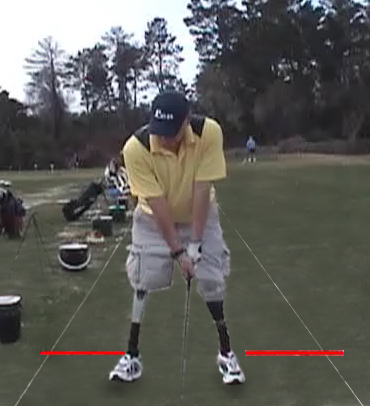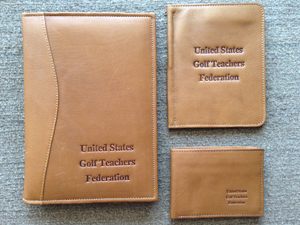Blog
Teaching Amputee Golfers

Teaching Special Olympics Golf
Teaching the Mentally Challenged
Teaching the Paraplegic
PARALYZED PEOPLE CAN PLAY GOLF!
 At one time, Anthony Netto was a professional golfer in South Africa with all the physical ability in the world. In 1994, that reality changed drastically with an automobile accident that left Anthony paralyzed from the waist down. He spent many months after the accident involved in grueling rehabilitation. Determined not to give up on life and not content with confinement in a sitting position, Anthony began working with a team of engineers to design and develop a vehicle that would enable and help him to stand and play golf again.
At one time, Anthony Netto was a professional golfer in South Africa with all the physical ability in the world. In 1994, that reality changed drastically with an automobile accident that left Anthony paralyzed from the waist down. He spent many months after the accident involved in grueling rehabilitation. Determined not to give up on life and not content with confinement in a sitting position, Anthony began working with a team of engineers to design and develop a vehicle that would enable and help him to stand and play golf again.
For more information on the Stand Up And Play Foundation, please email info@standup-and-play.com.




